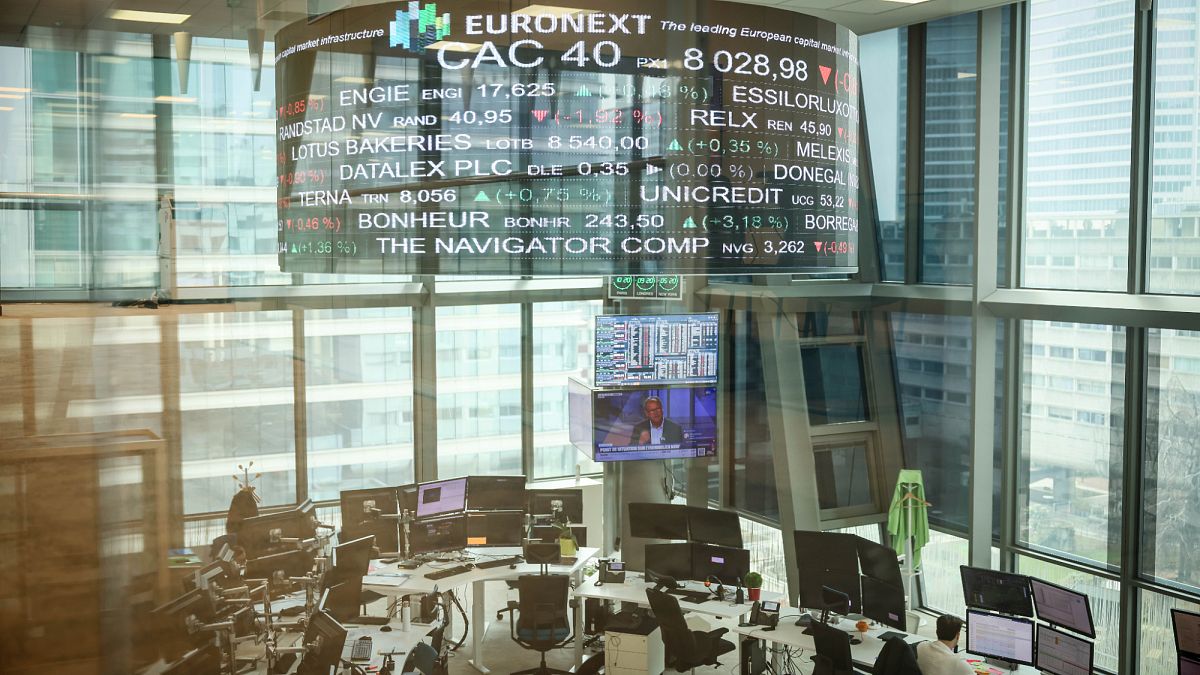

In a world where economic landscapes are in constant flux, recent developments in Europe, the United States, and China have captured significant attention. The interwoven dynamics of currency strength, trade policies, and inflation rates create a portrait of a global economy on the move, inviting thoughtful consideration and strategic responses from businesses and policymakers alike.
Europe finds itself navigating the complexities of a strengthening euro, a trend that is beginning to impact corporate earnings in the region. Reports from the second quarter of 2025 are poised to reveal a challenging environment for many European companies. As the euro rises sharply, the cost pressures mounted by a strong currency are expected to manifest in diminished profit margins. Companies across key sectors are preparing for weaker sales as rising exchange rates make European exports more expensive and less competitive on the global stage.
While the robust euro may appear a symbol of economic strength, it concurrently poses a challenge to European exporters who rely heavily on price competitiveness in international markets. The situation demands careful navigation, requiring companies to consider strategies such as improving operational efficiencies and exploring new markets to offset the currency’s impact. This economic climate encourages industries to invest in innovation and value addition, maintaining a strong foothold despite the euro’s upward trajectory.
On the other side of the Atlantic, the United States is witnessing a significant move in the realm of trade policies under President Donald Trump. A proposed 50% tariff on copper imports represents a substantial shift, echoing earlier measures applied to steel and aluminum. This development has sent ripples through the commodity markets, prompting copper prices in the US to soar. Such tariff measures, while aimed at bolstering domestic production, also create an environment of uncertainty for companies dependent on these imports.
The implications of high tariffs extend beyond the immediate pricing effects. They challenge businesses to rethink supply chain strategies, potentially seeking alternative sources or investing in domestic production capabilities. Moreover, the announcement of a potential 200% tariff on pharmaceutical drugs further intensifies the landscape, urging companies to strategize in response to evolving regulatory and trade environments.
Meanwhile, in China, the economic narrative unfolds with the country’s consumer price index (CPI) experiencing positive inflation territory in June 2025 for the first time since January. This subtle but notable shift in consumer prices brings a sense of recovery and stabilization to the Chinese economy, which has been handling the complexities of deflation in producer prices.
China’s inflation dynamics paint a nuanced picture of economic balancing. While consumer prices are finding upward momentum, the persistent deflationary pressures on producer prices suggest underlying challenges in industrial production. The overall economic landscape in China remains resilient, with policymakers and industries fine-tuning their efforts to foster sustainable growth and stabilize inflationary trends.
In this interconnected global economy, the developments in Europe, the United States, and China highlight the myriad factors influencing economic growth trajectories. As each region navigates its unique challenges—whether through currency impacts, trade policies, or inflation dynamics—businesses and governments are called to adopt flexible, adaptive strategies to thrive in the face of change.
Ultimately, these economic shifts serve as a reminder of the ever-evolving nature of global markets. As stakeholders across industries come together to analyze and respond to these changes, there is a sense of continuity and resilience that underscores the global economic fabric. The current landscape invites dialogue, innovation, and collaboration, crafting a path forward that embraces growth and stability. Through mindful engagement, the global community can navigate these economic waters, fostering an environment of enduring prosperity and shared progress.
Source: {link}
